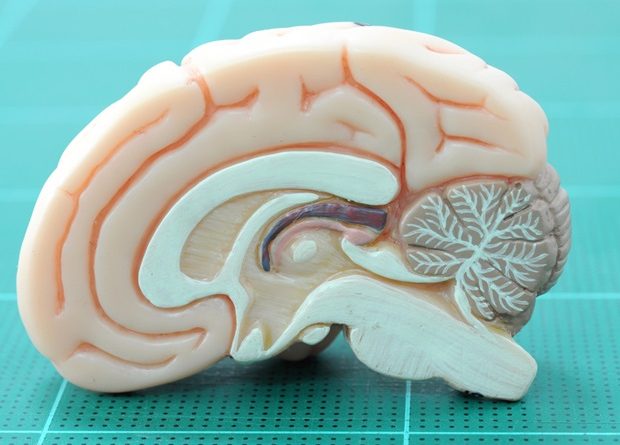Zoom conversations suppress brain activity, Yale study finds
 Reviewed
ReviewedWhen Yale neuroscientist Joy Hirsch used sophisticated imaging tools to track in real time the brain activity of two people engaged in conversation, she discovered an intricate choreography of neural activity in areas of the brain that govern social interactions. When she performed similar experiments with two people talking on Zoom, the ubiquitous video conferencing platform, she observed a much different neurological landscape.
Neural signaling during online exchanges was substantially suppressed compared to activity observed in those having face-to-face conversations, researchers found.
The findings were published Oct. 25 in the journal Imaging Neuroscience.
In this study we find that the social systems of the human brain are more active during real live in-person encounters than on Zoom. Zoom appears to be an impoverished social communication system relative to in-person conditions."
Joy Hirsch, the Elizabeth Mears and House Jameson Professor of Psychiatry, professor of comparative medicine and neuroscience, and senior author of the study
Social interactions are the cornerstone of all human societies, and our brains are finely tuned to process dynamic facial cues (a primary source of social information) during real in-person encounters, researchers say. While most previous research using imaging tools to track brain activity during these interactions has involved single individuals, Hirsch's lab developed a unique suite of neuroimaging technologies that allows them to study, in real time, interactions between two people in natural settings.
For the new study, Hirsch's team recorded the neural system responses in individuals engaged in live, two-person interactions, and in those involved in two-person conversations on Zoom, the popular video conferencing platformed now used by millions of Americans daily.
They found that the strength of neural signaling was dramatically reduced on Zoom relative to "in-person" conversations. Increased activity among those participating in face-to-face conversations were associated with increased gaze time and increased pupil diameters, suggestive of increased arousal in the two brains. Increased EEG activity during in-person interactions was characteristic of enhanced face processing ability, researchers said.
In addition, the researchers found more coordinated neural activity between the brains of individuals conversing in person, which suggests an increase in reciprocal exchanges of social cues between the interacting partners.
"Overall, the dynamic and natural social interactions that occur spontaneously during in-person interactions appear to be less apparent or absent during Zoom encounters," Hirsch said. "This is a really robust effect."
These findings illustrate how important live, face-to-face interactions are to our natural social behaviors, Hirsch said.
"Online representations of faces, at least with current technology, do not have the same 'privileged access' to social neural circuitry in the brain that is typical of the real thing," she said.
Other co-authors, all from Yale, are Nan Zhao, Xian Zhang, J. Adam Noah, and Mark Tiede.
Yale University
Zhao, N., et al. (2023) Separable Processes for Live “In-Person” and Live “Zoom-like” Faces. Imaging Neuroscience. doi.org/10.1162/imag_a_00027.
Posted in: Medical Science News | Medical Research News
Tags: Brain, Imaging, Medicine, Neuroimaging, Neuroscience, OCT, Psychiatry, Research, Technology



